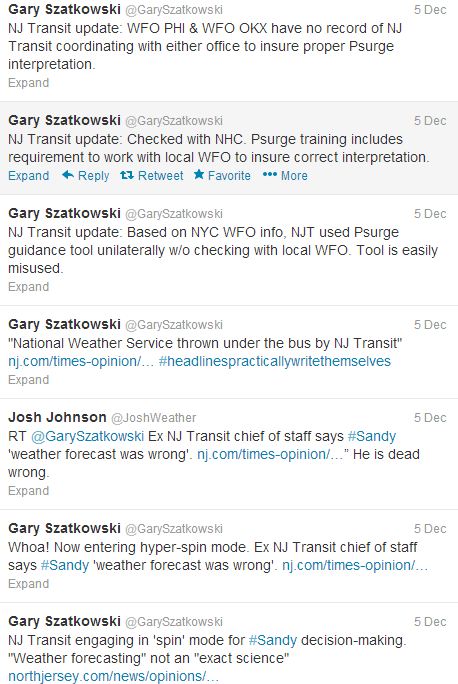Flood Insurance is at a critical point in its legal life, having reached the expiration of the National Flood Insurance Program. It bears many policy similarities to the complexity of “Repeal and Replace” for Obamacare.
Obamacare spread the “mandate” for universal coverage, using tax penalties to force compliance, and onerous taxes on employers to provide an extension of Medicaid to large numbers of vulnerable groups, unable to carry the financial costs of the medical care they require. The one difference is that Obamacare had no expiration built in. Flood Insurance authorization by Congress is due to expire in September 2017.
The newly burdened classes for health care, both young employees with low risk as well as employers forced to offer them coverage and to subsidize it, have pushed back through a political process. The promise to “Repeal and Replace” has failed in the first half of 2017, and in failing, the political wreckage has backed-up many other vital legislative tasks, including expiration replacement of the National Flood Insurance Program.
One approach, dubbed Senate Bill 1313 [ pdf ] is to simply renew and keep the same policies in place for 10 more years. This approach will continue to overcharge coastal owners by over-stating the actual hazard, thus producing a funding source to re-pay Congress for the $60 Billion FEMA bailout. Click Here for Bill Details
The other approach, proposed by States with a much bigger coastal exposure, like Mass., New Jersey, Florida and Louisiana proposes significant reforms [ S.1368 ] . This resets the program to more realistic levels of coverage in relation to costs. It bails out the bail out victims. Click Here for Details
At the beginning of the 2017/2018 Fiscal Year, there is a plethora of bills before Congress.
Listing of Pending Legislation
7/3/2017 NEWS – Committees Advance 5 Bills to the Floor:
“Lawmakers unanimously approved two American Bankers Association-supported bills: H.R. 2875, the National Flood Insurance Program Administrative Reform Act of 2017, which would make administrative changes to the NFIP to increase fairness and accuracy, and decrease taxpayer risk; and H.R. 1422, the Flood Insurance Market Parity and Modernization Act, which would encourage development of a robust private flood insurance market as an alternative to the NFIP. The committee also approved by a voice vote H.R. 1558, a bill introduced by Rep. Ed Royce (R-Calif.) to amend the National Flood Insurance Act of 1968 to ensure community accountability for areas repeatedly damaged by floods.”
“Additionally, the committee passed two bills introduced by Rep. Blaine Luetkemeyer (R-Mo.), H.R. 2264 and H.R. 2565, both of which ABA strongly supported. H.R. 2264, the Taxpayer Exposure Mitigation Act of 2017, would enable the NFIP to engage in private-sector risk transfer deals and would allow the development of private or community flood maps as an alternative to NFIP’s outdated maps. H.R. 2565 would require the NFIP to study how it uses replacement costs in setting premiums.”














































